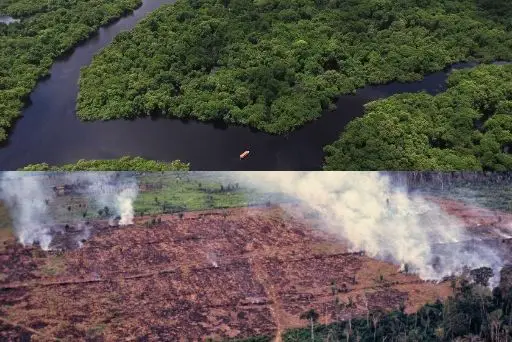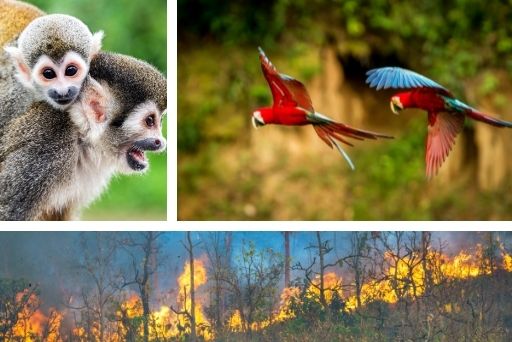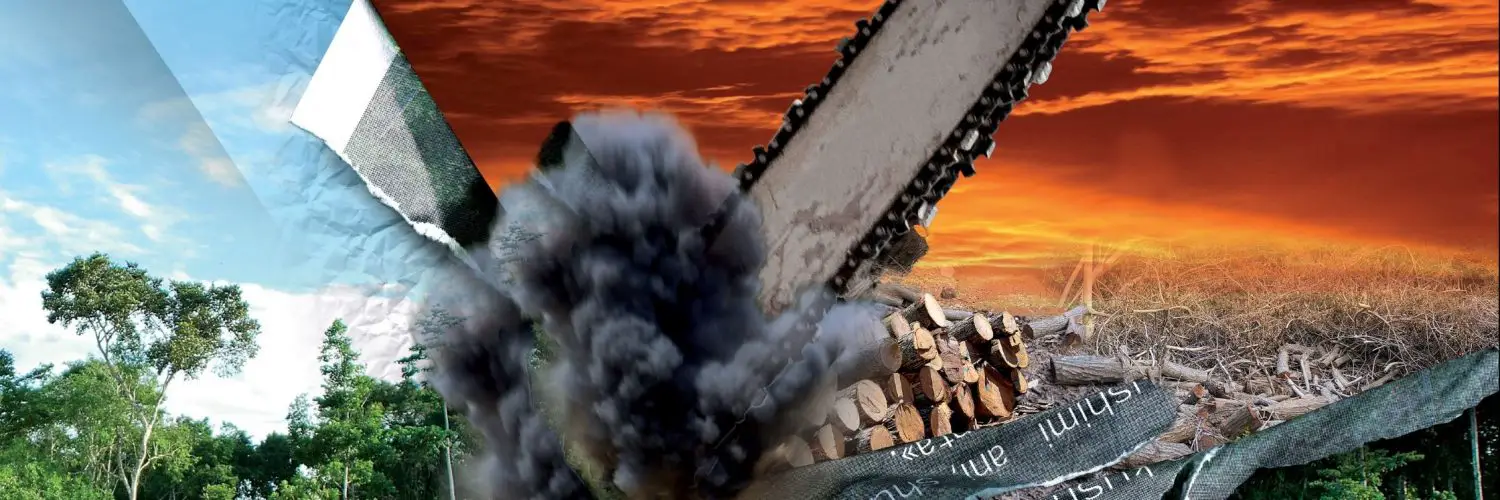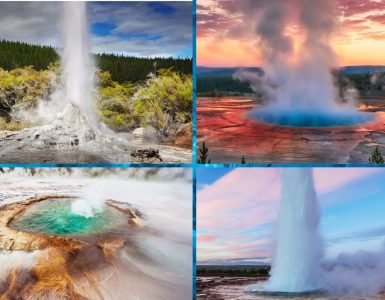From the food we eat and the air we breathe, forests play an essential role in maintaining life for these parents. But with growing population and urbanization, we are witnessing massive deforestation. One such extreme example of deforestation can be seen in the dense Amazon rainforest. The cutting down of trees has been so rapid that the rainforest can drastically change by the year 2050. This shift can result in a decline of tree species by 58 percent, out of which 49% would have the risk of extinction to some extent.

The vague future of Amazon
The new president of Brazil, Jair Bolsonaro, is supported by the Amazon exploitation and backs up the colonists. He has even sacked the prominent environmentalists and loosened the enforcement. In one of his messages, he clearly states that Amazon is open for business. Since he has come to power, the deforestation rate has spiked as much as concerning 92%. According to scientists, years of human activities along with climate change have brought the rainforest to its tipping point.
It is reckoned as rainforest as it is a wet place wherein the trees suk up the water from the land and collects in nature to become rain. This balance is impacted due to the forest fires, rising global temperatures, and deforestation. Moreover, experts have warned that if such things continue the water cycle will be broken to a point where it can be reversed. It will then result in declining rainfall and long dry seasons that have already begun. As much as 17% have already been lost, and the tipping point will come when this rate reaches between 20% and 25%. Moreover, if the global temperatures increase by 4-degree Celsius, the southern, eastern, and certain Amazon will turn into a barren land of scrubs.
The fire that sparked across this forest in August helped in highlighting an issue that we can no longer overlook. Within the crucible of this forest, colonization is combining with nature vandalism and a warming climate to create a detrimental crisis. If things continue to remain the same, the future generation will not be able to see the glory of Amazon. In fact, there are consequences for all forms of life on the Earth.
Even with growing outranges and warnings by the western leaders to withhold trade with the country until the president reverses his action, Amazon continues to lose the battle. It means that the stakes to save this planet are higher than ever. Ricardo Galvao, who was formerly responsible for monitoring deforestation in Brazil, states that if this rainforest is destroyed, it will be nearly impossible to control global warming.

Disrupting the wildlife
Amazon rainforest is home to around 427 species of mammals, and cows dominate this number. Cattle farming covers 85% of the deforested land. Moreover, in 2018, the country exported beef worth $6 billion, more than any other country ever. Although the strict rules associated with supply-chain standards make Europe a challenging market for the producers, nations like Asia and Africa are more accessible.
According to the law, small farmers must maintain 80% of the forest on their land, and the fines do not deter cattle farming. Although farmers cannot sell their cattle legally, they sell the animal to a middleman at a discounted rate, who then sells it to a slaughterhouse. And these houses do not really care much about where the meat is coming from.
With thousands of trees already disappeared, Amazon is warming up rapidly. Floods and droughts have become common. Trees play an important role in putting water back to the environment, and the lack of water means increasing temperatures and less rainfall. It stores up to 120 billion metric tons of carbon, proportionate to around 12 years of global emission.
If this goes into the atmosphere, it will be enough to push the climate over the safe limit. It can result in cascading of other climate issues. Deforestation of the forest is associated with other problems like the melting of the ice sheet in Greenland, which can cause a rise in sea level and degradation of frozen soil. Such changes can create problems that may be impossible for humans to reverse.





























